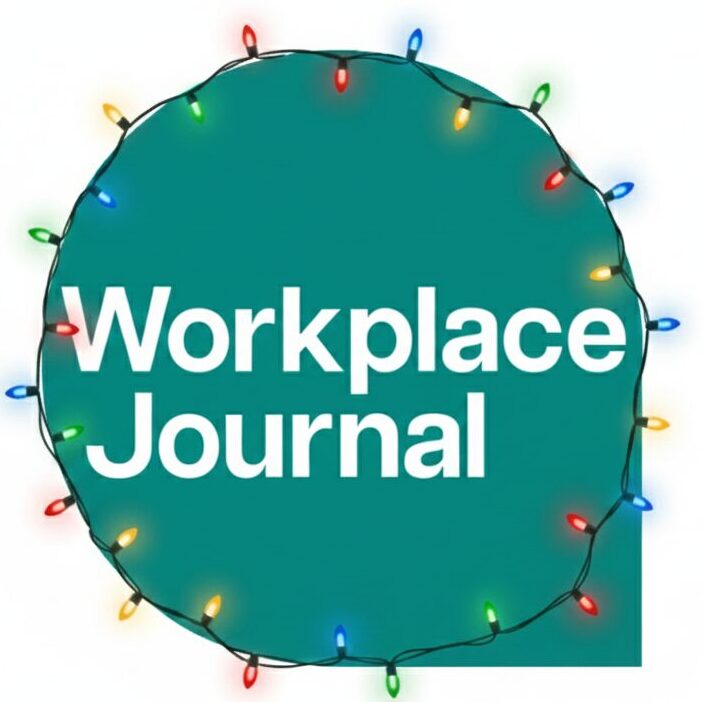According to GRiD, over the next 12 months, nearly a third (31%) of employers intend to increase their investment in employee benefits to provide support for staff.
However, 29% were looking to increase investment into funding support directly, which the industry body for the group risk sector believes is a concern.
While employers are facing increased financial pressures this year, GRiD warned that they should not risk the health and wellbeing of staff, particularly when employee benefits offer better value than self-funding, and usually come with support to mitigate absence and expedite returns to work.
Katharine Moxham, spokesperson for GRiD, said: “Employers should not be lulled into a false sense of security if they happen to have a healthier-than-usual workforce in any particular year.
“This model is not sustainable as at some point the reverse may well be true, and those employers who choose to fund support directly will need extremely deep pockets.”
Employers are also increasing their efforts in several key areas to enhance employee support.
This included encouraging greater engagement and utilisation of available support (34%), making access to support and benefits easier through apps and online platforms (33%), and improving communication about the support available to staff (32%).
Additionally, 29% of employers were working to extend support to a larger proportion of their workforce, while 28% were broadening their initiatives to include support for employees’ families.
GRiD said it would be prudent for employers to take advantage of all the support made available to them from both providers and intermediaries to ensure they are utilising every aspect of the employee benefits they sponsor.
GRiD said that employers are often surprised to find out that Group Life Assurance (GLA) typically costs as little as 0.5% of payroll, and Group Income Protection (GIP) is often in the region of £300 per employee per year but can be as low as 0.25% of payroll, depending on how the policy is designed.
Moxham added: “It’s good to see that investment in employee benefits is being bolstered this year despite some challenging financial conditions for businesses.
“Particularly pleasing is the continued investment to support more of the workforce which may include supporting families members as well, but employers need to take heed that helping staff by funding support on a case-by-case basis is speculative at best and a costly gamble at worst.”

















